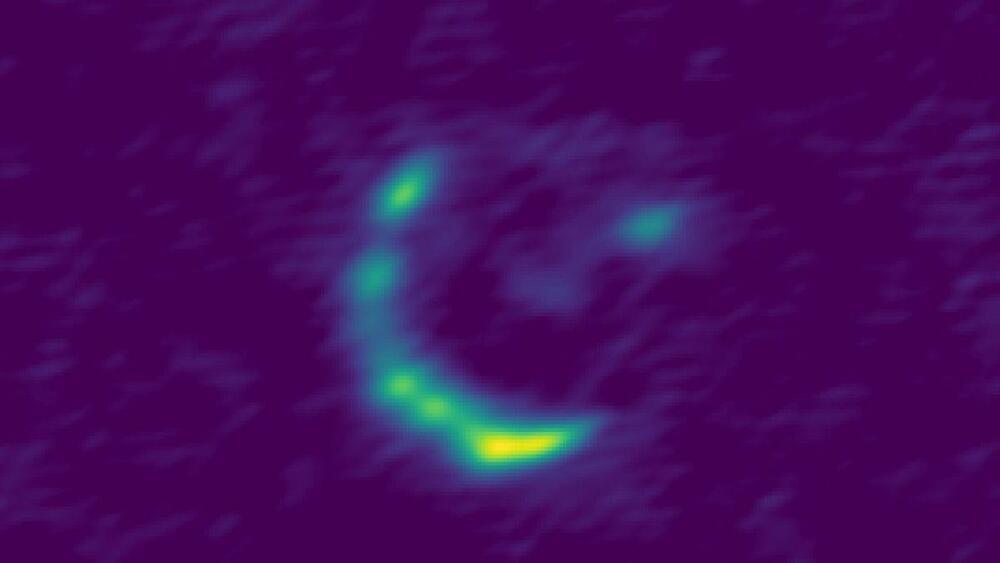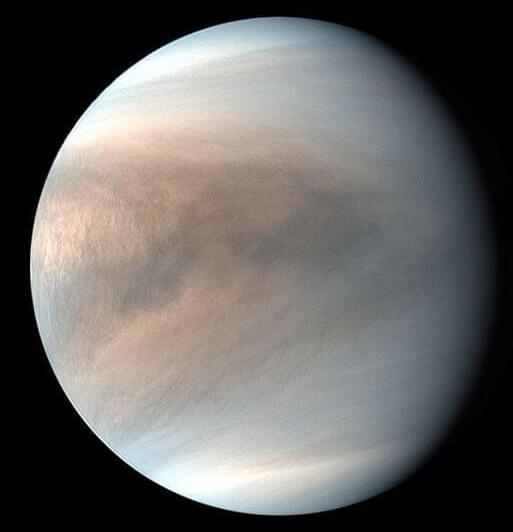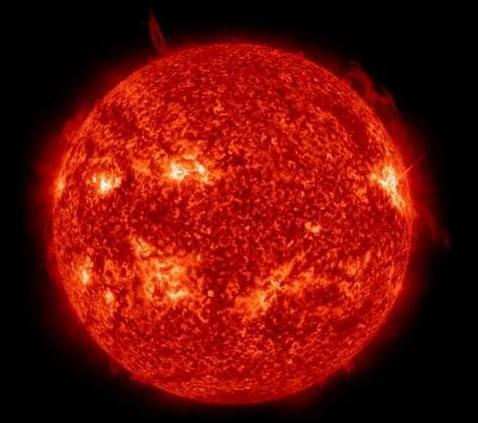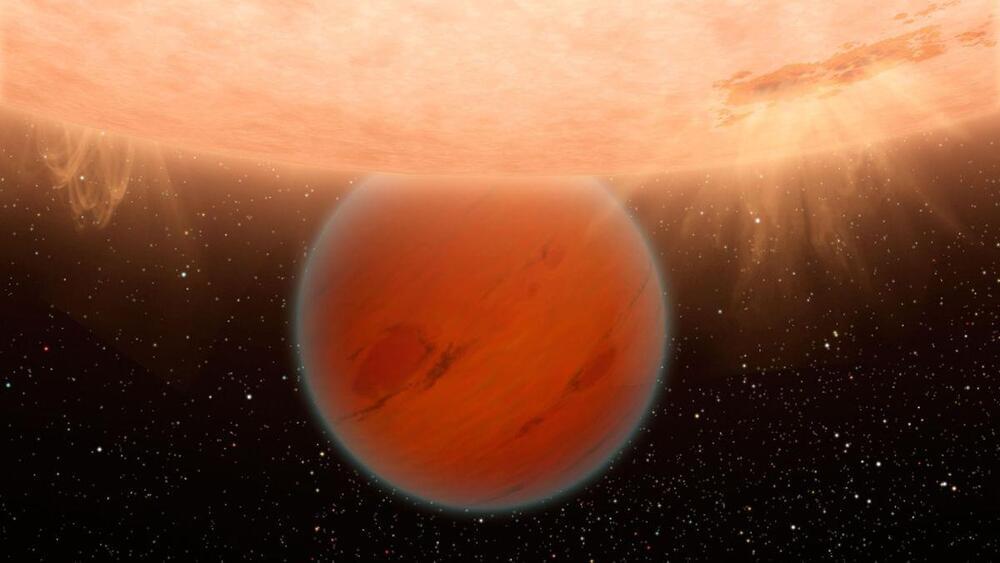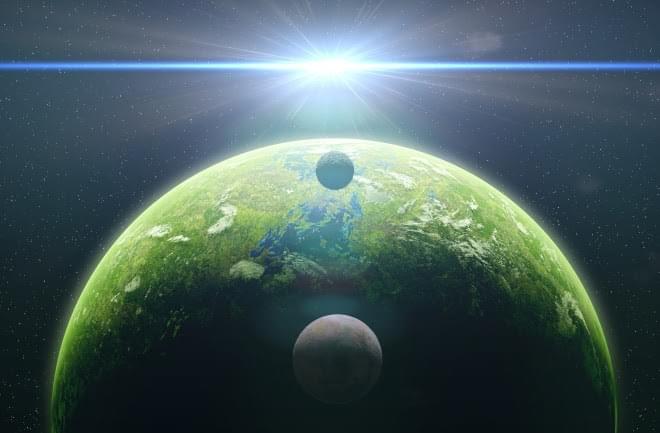
A disruptive new planet-hunting technology, now under study as part of NASA’s Innovative Advanced Concepts (NIAC) program, could literally detect and then look for biosignatures from every Earth 2.0 within a thirty-light-year radius of our solar system.
Known as DICER (The Diffractive Interfero Coronagraph Exoplanet Resolver), the key to this NIAC study’s revolutionary means of detecting these planets is that unlike conventional optical space telescopes — which use curved, highly polished mirrors to collect starlight — this mission would employ flat sets of what are known as diffraction gratings.
Who says you need a conventional telescope to find exoplanets? NASA has funded a ‘Phase I’ study for the development of a whole new means of detecting and then teasing spectra from very nearby exoplanetary earths.
Continue reading “NASA Funds Disruptive Space Tech To Detect Very Nearby ExoEarths” »
